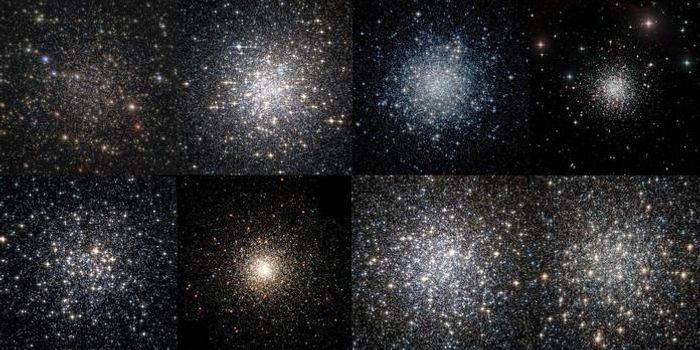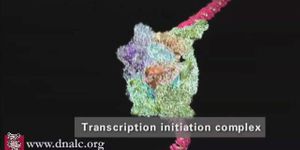
Despite having lost some of it's critical guidance systems, NASA's Kepler Space Telescope recently located a star with three orbiting planets, each of which is similar in size to Earth.
The star has been registered as EPIC 201367065 and is about half the size and mass of our own sun. It is 150 light years from Earth and is bright enough for astronomers to study its orbiting planets' atmospheres and compare them to that of Earth. Since these planets exist in the "Goldilocks" zone, where surface temperatures are close to "just right" and make the existence of life and liquid water possible, scientists are excited about learning more about them.
The three planets are 2.1, 1.7 and 1.5 times the size of Earth. The outermost planet, at 1.5 Earth radii, is the smallest of the group and orbits far enough from its host star that it receives levels of light from its star similar to those received by Earth from the sun. UC Berkeley graduate student Erik Petigura discovered the planets early in January while conducting a computer analysis of Kepler data made available to researchers by NASA. He calculated that the three planets receive 10.5, 3.2, and 1.4 times the light intensity of Earth.
"Most planets we have found to date are scorched. This system is the closest star with lukewarm transiting planets," Petigura said. "There is a very real possibility that the outermost planet is rocky like Earth, which means this planet could have the right temperature to support liquid water oceans."
Still more analysis and observation is necessary to know if these planets are at all like Earth. Other telescopes, including the Hubble Space Telescope, will be needed to get see the types of molecules in the planets' atmospheres. If the planets are like others discovered recently and shrouded in puffy hydrogen-rich clouds the Hubble will be able to read the spectrometry of that, said Petigura.
Petigura said that the discovery was even more significant because the Kepler telescope lost two reaction wheels that kept it focused on a specific fixed point in space. NASA corrected this by changing the aim of the telescope to Earth's elliptical plane. "This discovery proves that K2, despite being somewhat compromised, can still find exciting and scientifically compelling planets," said Petigura. "This ingenious new use of Kepler is a testament to the ingenuity of the scientists and engineers at NASA. This discovery shows that Kepler can still do great science."
Before losing the guidance system in the original mission, the Kepler Space Telescope found thousands of small planets, but most of them were too faint and far away to assess their density and composition. Without knowing the molecular make up of a planet's atmosphere, whether is high density and rocky like Earth or high-density, or puffy and low-density planets like Uranus and Neptune, scientists are unable to determine if the planet could support life, a crucial determination in astronomy. Because the star EPIC-201 is nearby, these mass measurements are possible. It is also less intrinsically bright than the sun, which means that its planets can reside close to the host-star and still enjoy lukewarm temperatures.
Co-authors of the paper "Nearby M Star With Three Transiting Super-Earths Discovered by K2" include Joshua Schlieder of NASA Ames Research Center and colleagues from Germany, the United Kingdom and the United States.
 Despite having lost some of it's critical guidance systems, NASA's Kepler Space Telescope recently located a star with three orbiting planets, each of which is similar in size to Earth.
Despite having lost some of it's critical guidance systems, NASA's Kepler Space Telescope recently located a star with three orbiting planets, each of which is similar in size to Earth. 







